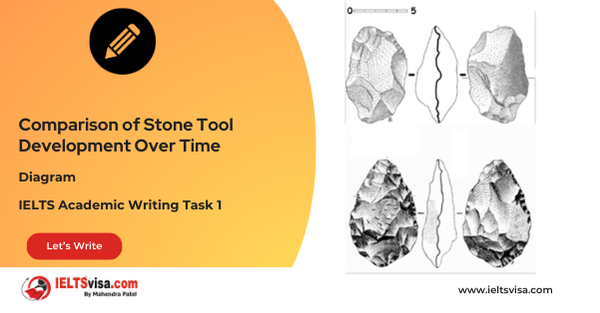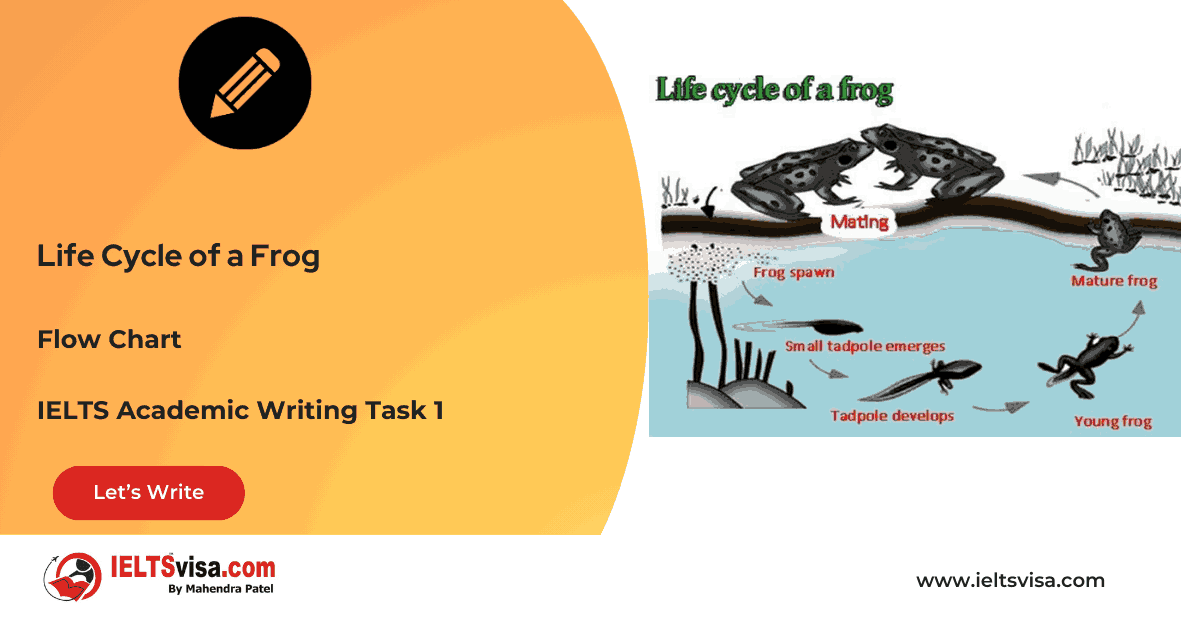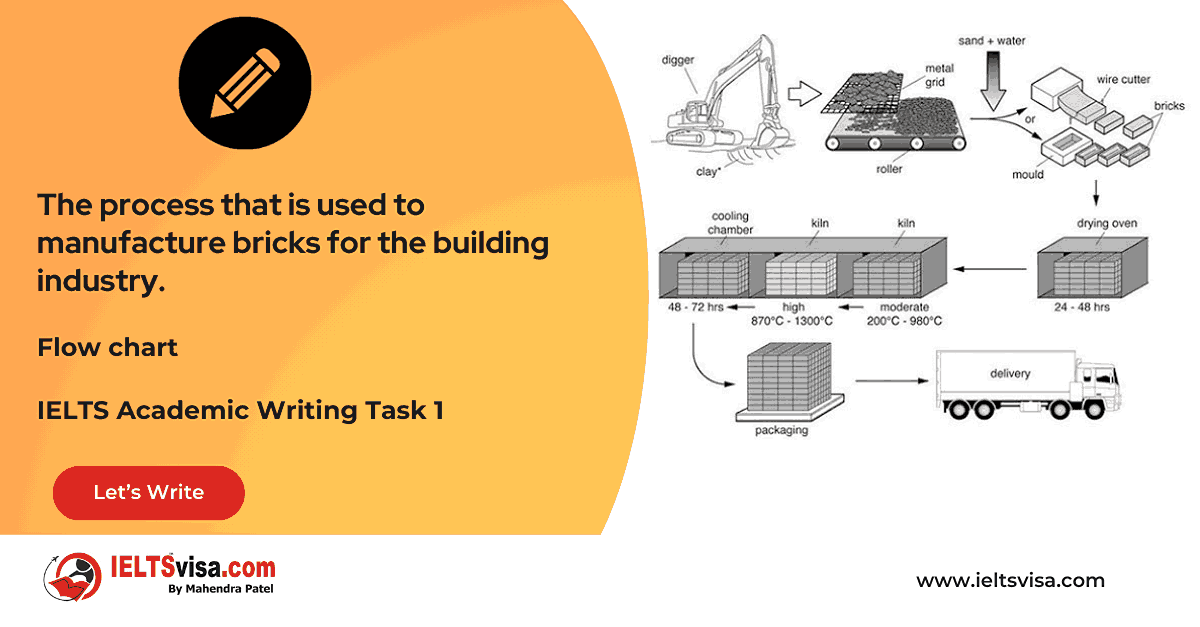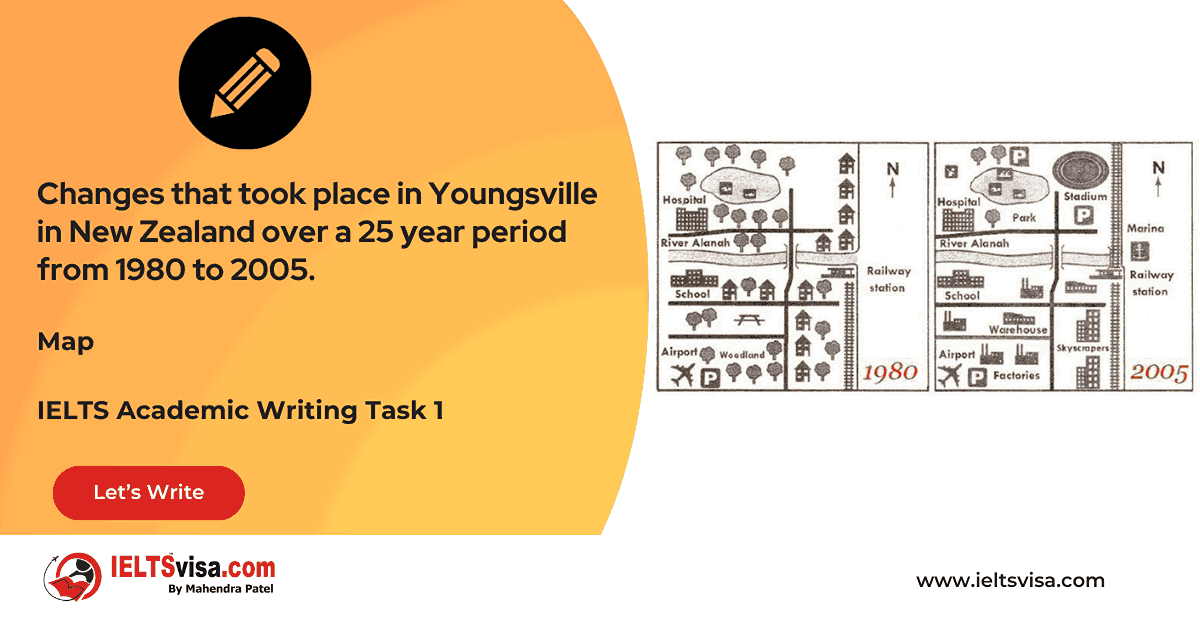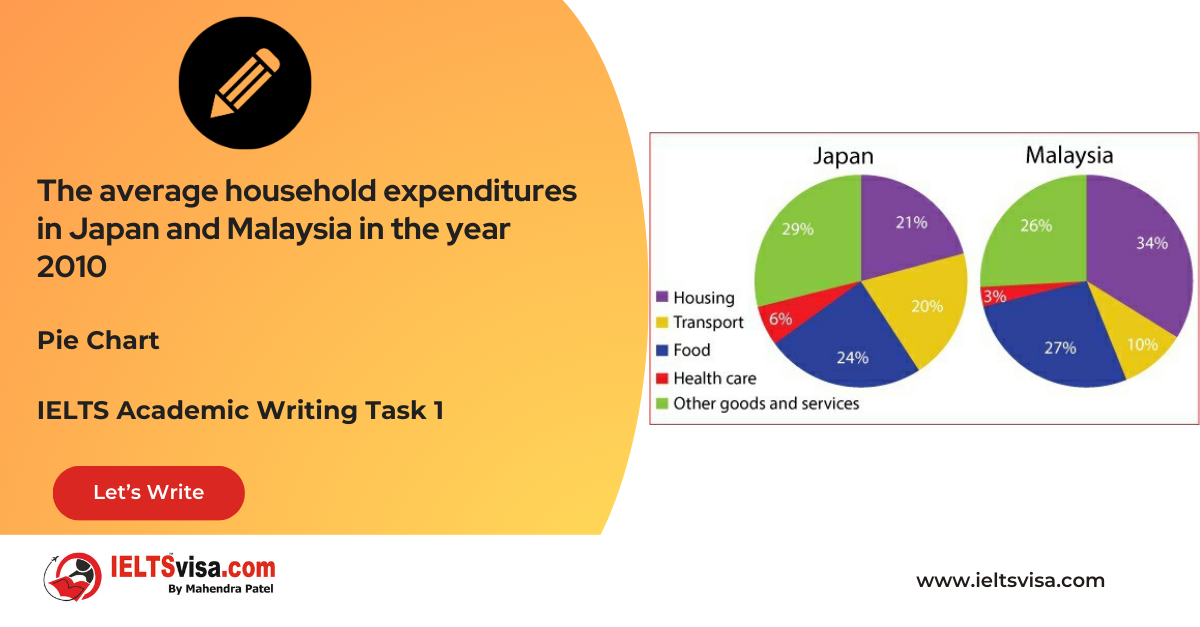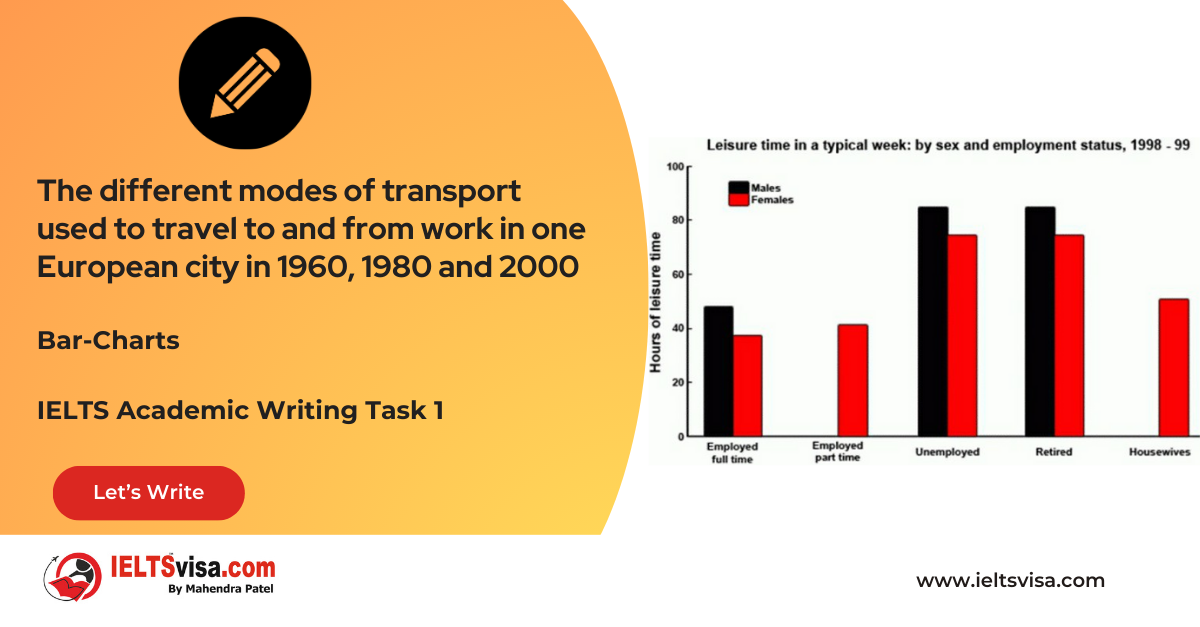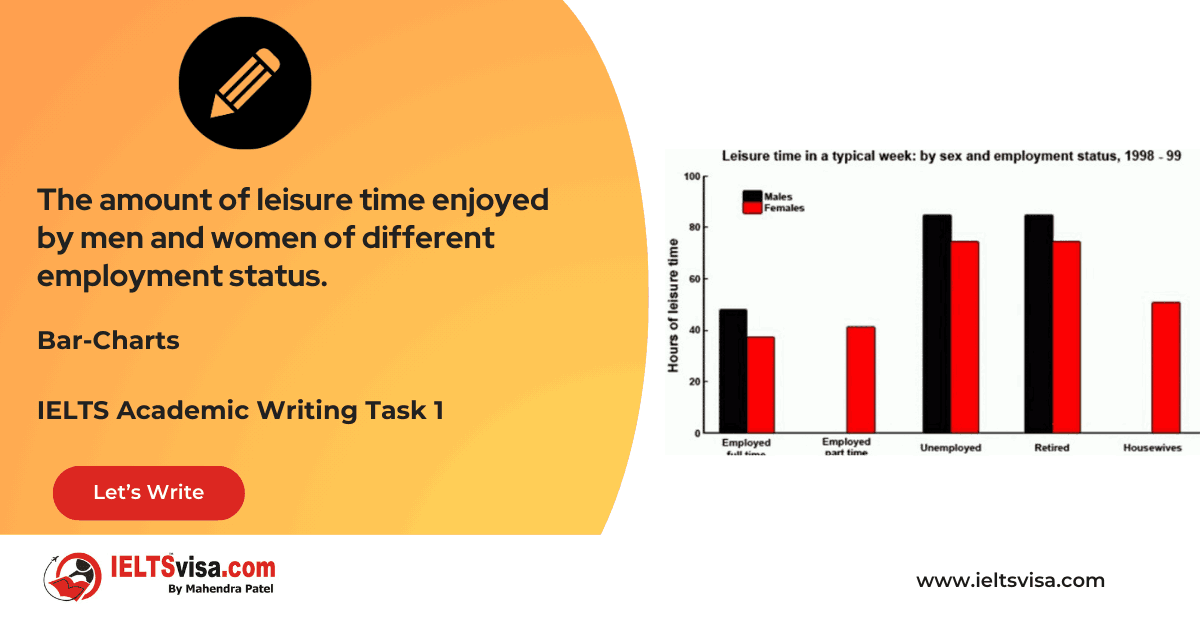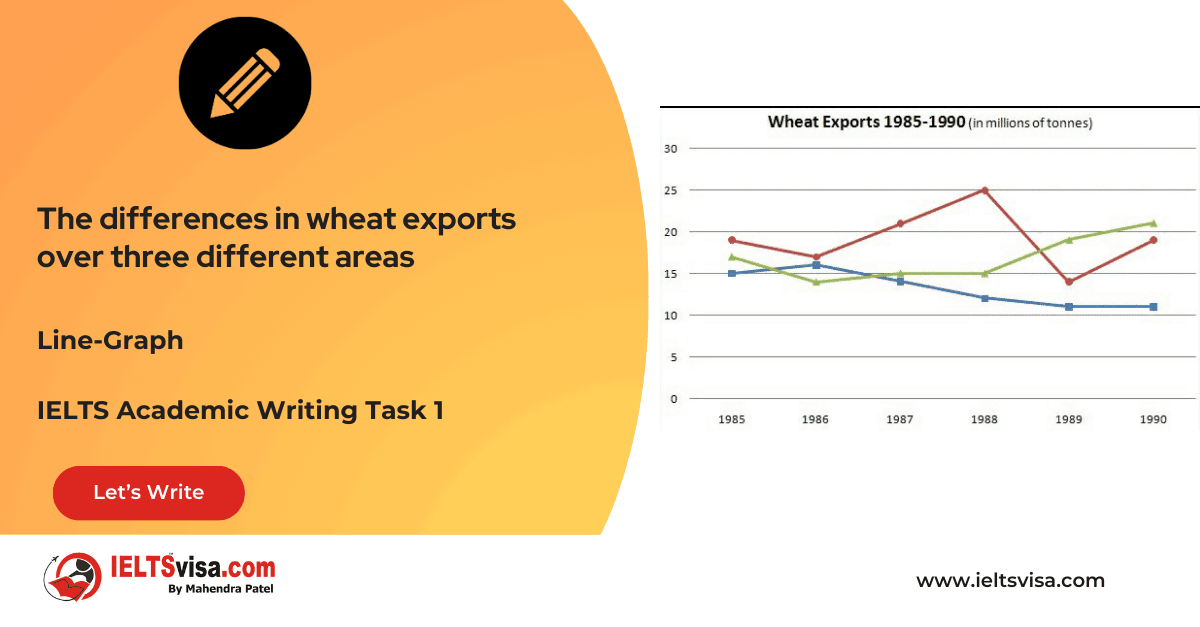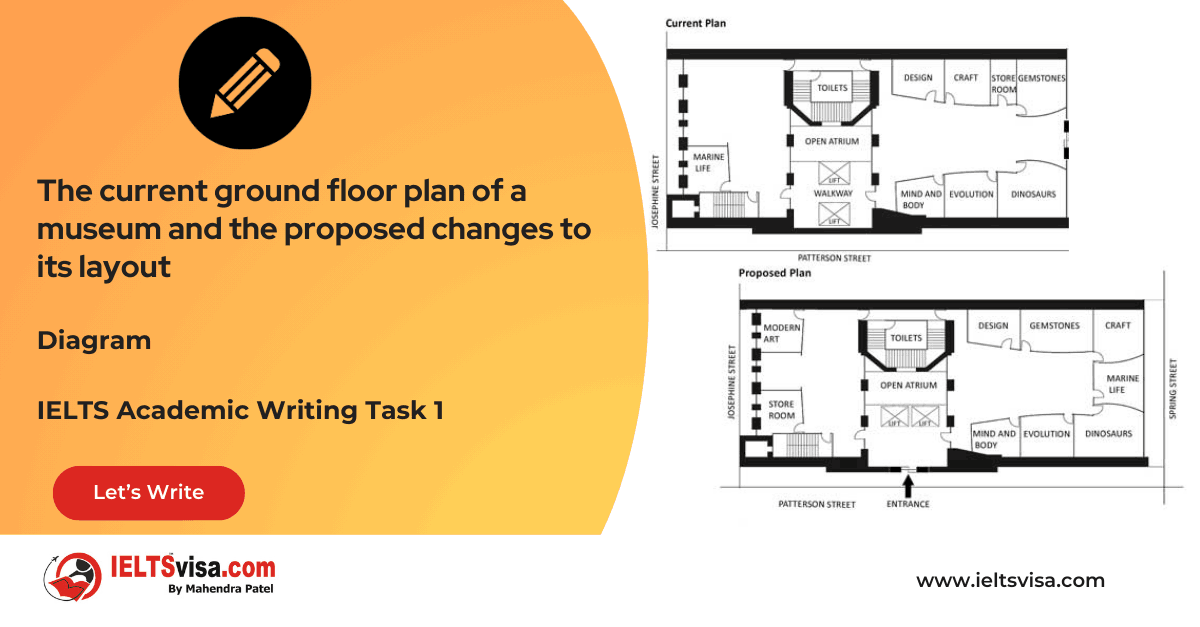Joining Two Changes Together
Lexical Resource & Grammatical Range and AccuracyIELTS Academic Writing Task 1
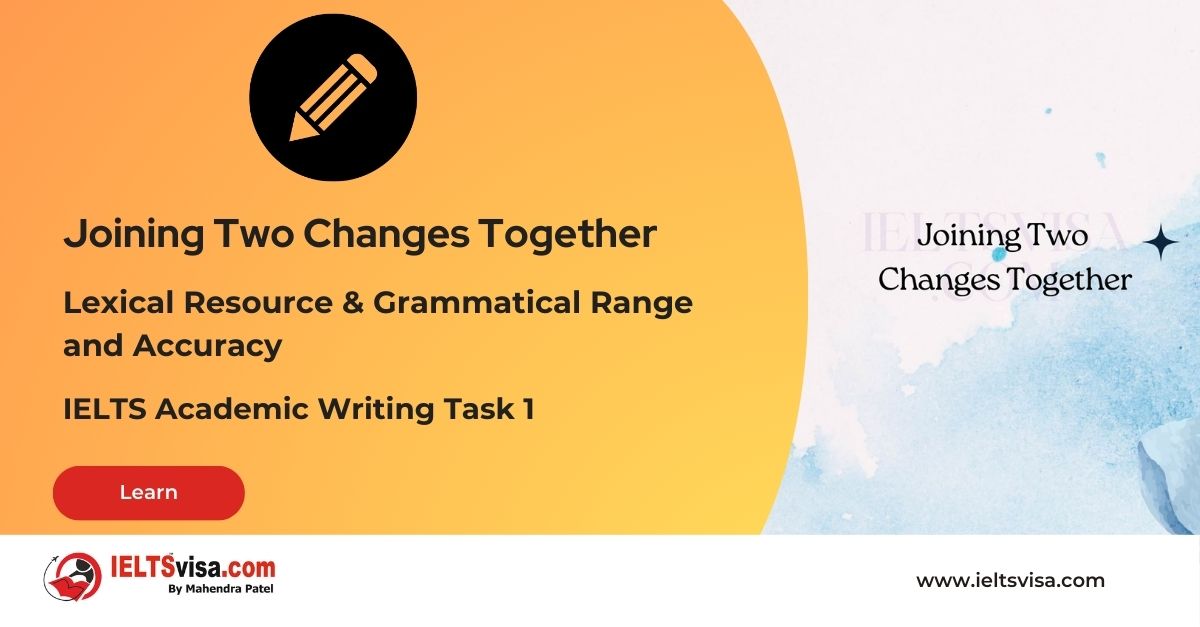
In the IELTS Academic Writing Task 1, effectively joining two changes is essential for demonstrating a strong command of Lexical Resource and Grammatical Range and Accuracy.
This task requires you to describe and interpret visual information, such as graphs, charts, and diagrams, which may involve simultaneous changes.
By using appropriate vocabulary and sentence structures, you can seamlessly connect and describe these changes, showcasing your language proficiency and enhancing your overall performance.
In this article, we will explore the importance of joining two changes together in Task 1, accompanied by examples and answers to help you excel.
1. Use Appropriate Linking Words and Phrases:
Linking words and phrases play a crucial role in connecting and presenting changes coherently. They help establish relationships between ideas and guide the reader through the information provided. Here are some useful linking words and phrases to join two changes together:
a. Additionally:
Example: The number of tourists visiting the country increased. Additionally, the unemployment rate decreased.
b. Moreover:
Example: The company invested in new technology to improve productivity. Moreover, they implemented cost-cutting measures to increase profitability.
c. Furthermore:
Example: The temperature rose steadily over the course of the month. Furthermore, the precipitation levels remained consistently low.
2. Utilize Comparative Structures:
Comparative structures effectively allow you to compare and contrast two changes. Using appropriate comparative language, you can highlight the similarities or differences between the changes. Here are some examples:
a. In comparison to:
Example: Compared to the previous year, the product’s sales doubled.
b. Similarly, in the same way:
Example: Similarly, in the same way, the number of male participants increased, and the number of female participants also saw a significant rise.
c. On the contrary:
Example: While the number of registered vehicles increased, on the contrary, public transportation usage decreased.
3. Employ Parallel Structures:
Parallel structures help maintain consistency and balance when joining two changes together. You create a harmonious flow in your writing by using parallel grammatical constructions. Here are some examples:
a. Not only… but also:
Example: The new policy not only reduced pollution levels but also stimulated economic growth.
b. Both… and: Example:
Both the supply and demand for renewable energy sources increased substantially.
c. As… as:
Example: The unemployment rate in City A decreased as the average income increased.
Example Answer:
Original Sentence 1:
The price of gasoline increased.
Original Sentence 2:
The number of car sales decreased.
Revised Sentence:
As the price of gasoline increased, the number of car sales decreased.
A parallel structure is used in the revised sentence, connecting the changes in gasoline prices and car sales using the linking word “as.”
In conclusion, effectively joining two changes together in IELTS Academic Writing Task 1 is crucial for demonstrating a strong command of Lexical Resource and Grammatical Range and Accuracy.
By using appropriate linking words and phrases, comparative structures, and parallel grammatical constructions, you can seamlessly connect and describe the changes in the visual information provided.
With consistent practice and attention to detail, you will excel in Task 1 and achieve success in your IELTS examination.








Our Books
Master IELTS Speaking Part 1
IELTS Writing Task 1 Book
IELTS Writing Task 2 Book
Practice IELTS Other Modules
IELTS Listening
The IELTS Listening test assesses how well you can understand spoken English in various contexts. It lasts about 30 minutes and is divided into four sections with a total of 40 questions. The listening tasks become increasingly difficult as the test progresses.
IELTS Academic Reading
The IELTS Academic Reading section assesses your ability to understand and interpret a variety of texts in academic settings. It is designed to evaluate a range of reading skills, including skimming for gist, reading for main ideas, reading for detail, understanding inferences, and recognizing a writer's opinions and arguments.
IELTS Speaking
The IELTS Speaking test assesses your ability to communicate in English on everyday topics. It lasts 11-14 minutes and consists of three parts: introduction, cue card, and a discussion based on the cue card topic.
IELTS General Reading
IELTS General Reading tests your ability to understand and interpret various types of texts. Here are some key areas and types of content you can expect to encounter in the reading section, along with tips for effective preparation.
IELTS Academic Writing Task 1
In IELTS Academic Writing Task 1, you are presented with a visual representation of information, such as graphs, charts, tables, or diagrams, and you are required to summarize, compare, or explain the data in your own words.
IELTS General Writing Task 1
In IELTS General Writing Task 1, you are required to write a letter based on a given situation. The letter can be formal, semi-formal, or informal, depending on the prompt. Here’s a breakdown of the key components to include in your letter
IELTS Academic Writing Task 2
In IELTS Academic Writing Task 2, you are required to write an essay in response to a question or topic. Here’s a guide to help you understand the essential elements of this task
IELTS Exam Tips
To succeed in the IELTS exam, practice regularly, familiarize yourself with the test format, improve your vocabulary, develop time management skills, and take mock tests to build confidence.
Grammer for IELTS
Grammar is the foundation of effective communication in English. Understanding tense usage, subject-verb agreement, and sentence structure enhances clarity and coherence in writing and speaking.
Vocabulary for IELTS
Vocabulary plays a crucial role in the IELTS (International English Language Testing System) exam, especially in the Speaking and Writing sections. Here’s an overview of why vocabulary is important and how it impacts your performance
RECENT IELTS SAMPLES QUESTIONS AND ANSWERS
Task 1 – Diagram – Comparison of Stone Tool Development Over Time
20:00 Start Pause Stop [df_adh_heading title_infix="IELTS Writing Task 1 Question" use_divider="on"...
Task 1 – Flow chart -Life Cycle of a Frog
20:00 Start Pause Stop [df_adh_heading title_infix="IELTS Writing Task 1 Question" use_divider="on"...
Task 1 – Flow chart -The process that is used to manufacture bricks for the building industry.
20:00 Start Pause Stop [df_adh_heading title_infix="IELTS Writing Task 1 Question" use_divider="on"...
Task 1 – Map – Changes that took place in Youngsville in New Zealand over a 25 year period from 1980 to 2005.
20:00 Start Pause Stop [df_adh_heading title_infix="IELTS Writing Task 1 Question" use_divider="on"...
Task 1 – Pie Chart – The average household expenditures in Japan and Malaysia in the year 2010
20:00 Start Pause Stop [df_adh_heading title_infix="IELTS Writing Task 1 Question" use_divider="on"...
Task 1 – Bar Graph – The different modes of transport used to travel to and from work in one European city in 1960, 1980 and 2000
20:00 Start Pause Stop [df_adh_heading title_infix="IELTS Writing Task 1 Question" use_divider="on"...
Task 1 – Bar Graph – The amount of leisure time enjoyed by men and women of different employment status
20:00 Start Pause Stop [df_adh_heading title_infix="IELTS Writing Task 1 Question" use_divider="on"...
Task 1 – Line Graph – The differences in wheat exports over three different areas
20:00 Start Pause Stop [df_adh_heading title_infix="IELTS Writing Task 1 Question" use_divider="on"...
Task 1 – Diagram – The current ground floor plan of a museum and the proposed changes to its layout
20:00 Start Pause Stop [df_adh_heading title_infix="IELTS Writing Task 1 Question" use_divider="on"...

